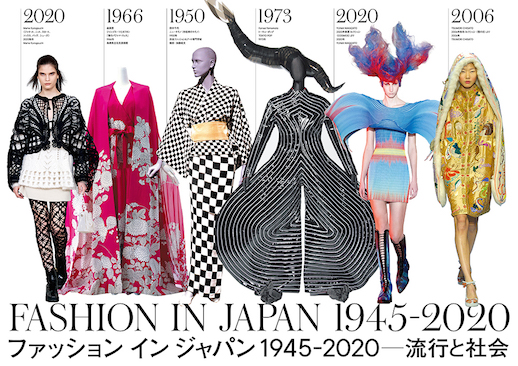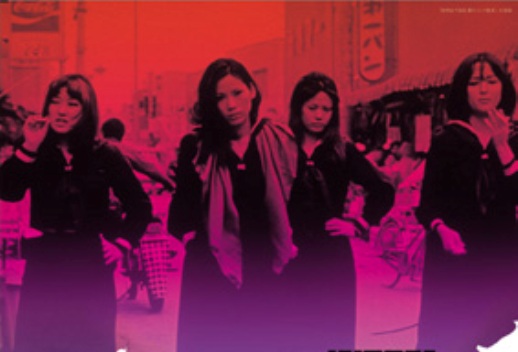Two Centuries of European Haute Couture
While period costumes would seem to attract a niche audience—those who have a studied interest in fashion, history, or drama—the concise nature of the exhibition, and the venue’s convenient location just a few minutes walk from Shinjuku station, are designed to appeal to anyone with even a passing interest in fashion.
The centerpieces of the first floor showroom are an intricate, colorful embroidery silk dress from 1770 France, voluminous from its underlying crinolines, and a complementary men’s ensemble, also in heavily embroidered silk. It is impossible not to pause in front of these clothes and consider how much fashion has changed in the last 200 years – regardless of whether or not you lament today’s lack of tailcoats – and imagine how it will continue to evolve over the next 200 years.
The first floor gallery covers the Rococo period (1760-1790), the time during which Kings Louis XV and XVI ruled France. Not a few of the visitors (mostly young women) could be overheard mentioning the notorious fashion plate Marie Antoinette; whether the timing of this exhibition was coincidence or not, the buzz surrounding Sofia Coppola’s recent movie is sure to have boosted visitor numbers.

Left: Dress, (c.1830-35), France; Right: Afternoon Dress, c.1907, with veil, France.
The second floor gallery departs from the Rococo, displaying costumes (unfortunately women’s only) from 1760 to 1960 that illustrate the evolution of dress over intervals of 20 or so years, through iconic pieces like those from the Empire and Art Nouveau periods as well as more recent pieces, like one of Paco Rabanne’s infamous metal-plated mini-dresses from the 1960s. The exhibition finishes in an effective circular manner with photos from the Paris Spring/Summer ’07 runway shows that present updated looks that have drawn from Rococo elements, most notably the work of British designers Alexander McQueen and Vivienne Westwood.
Although the exhibition title suggests that it is ‘European’ most of the pieces are from France, which is appropriate, given the dominant influence of French fashion over the past few hundred years. There are a few early pieces from elsewhere in Europe that offer examples of regional variations on what could be seen as essentially French fashion: standing out in particular are items from England, where skirts were slightly raised so as not to drag over the garden. Pieces from the last century include items from America and Italy as well, demonstrating the rising influence of designers from these countries.

However, while the costumes are certainly worth your attention, the meat of the exhibition lies in the accompanying display of pages and prints taken from fashion journals and encyclopedias of the time. These illustrated books (the precursors to the contemporary fashion magazine) show authentic early examples of fashion styling, illustrating not just what people wore but how it should ‘ideally’ be worn.
One British journal from the 1790s offers detailed explanations for how to put together an appropriate ensemble, with the charming instruction to have: “one white ostrich feather placed in front.” An early, color illustrated edition of Pierre Choderlos de Laclos’ Les Liaisons Dangereuses (Dangerous Liaisons) exemplifies 19th century society attire. Since these books and journals were the first of their kind to be readily reproduced, they had substantial influence over the fashion of the time, establishing the reign of the fashion editor and modern fashion culture as we know it. Likewise, pages from vintage editions of Vogue and Harper’s Bazaar complement later pieces.
Unfortunately, the explanations are in Japanese only, although they are, for the most part, simply straightforward descriptions of the pieces and wouldn’t elucidate much for anyone with even only a cursory knowledge of European history, fashion or otherwise. On the other hand, the captions on the original journal pages can be read in English or French, and are summarized in Japanese. While the exhibition in general could be enhanced by more comprehensive descriptions and greater detail, the chosen pieces and level of explanation do effectively tell a story without getting weighed down or becoming academic. And after all, the best dresses speak for themselves.

Rebecca Milner
Rebecca Milner













































































